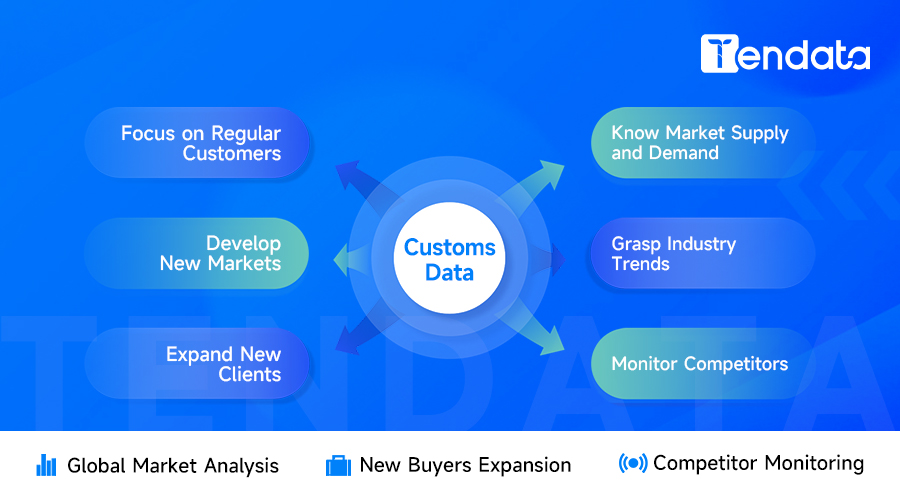 Export News
Export News
 01-04-2024
01-04-2024
Cuba's coffee production began in the 18th century. Coffee was mainly cultivated in plantations in the mountainous regions of Cuba, and by the mid-19th century, the economic importance of coffee was comparable to that of sugar. As Cubans incorporated this readily available crop into their daily lives, domestic consumption surged. The demand for Cuban coffee, especially the Arabica variety known for its unique aroma, was significant. Cuban coffee, with its rich, sweet, and smooth flavor, became popular worldwide, rejuvenating millions of tired souls.
Today, Cuba is one of the largest coffee-producing and exporting countries in the world. Cuba exports approximately 1,000 tons of coffee annually. Major trading partners for Cuban coffee include Italy, Spain, and France, with coffee exports totaling around 20 million USD. It is projected that by 2030, coffee exports will contribute approximately 35 million USD.

Finding Suitable Cuban Exporters May Require Various Methods:
1. Trade directories and commercial listings: Browse trade directories and commercial listings, which often list contact information for various Cuban enterprises and exporters. By directly searching for the product name, you can find potential partners in these directories.
2. Online trading platforms: Utilize online trading platforms such as B2B platforms, Alibaba International, etc., to search for Cuban exporters. These platforms provide a convenient way for you to search, filter, and contact potential suppliers.
3. Customs data platforms: In the early stages of market development, relying solely on trade directories and online trading platforms may not be comprehensive enough. You need to learn more about potential customers, such as their reputation, product quality, prices, production volumes, past buyers, and preferred countries. A customs data platform can be a valuable tool, helping you conduct background checks on customers and providing more specific and comprehensive customs data. This data allows you to have a holistic understanding of Cuban exporters, including unpublished contact information for top executives, enabling you to directly communicate with marketing department leaders and obtain core information.
"Customs data contains vast information, and extracting relevant customer contact details can be time-consuming, often yielding results that fall short of expectations. Is it really the case? Or is it because customs data is being utilized incorrectly, resulting in wasted effort and time?
Developing customers using customs data involves precisely characterizing all buyers and their procurement systems in the target market. This allows for the quick identification of the most compatible customers, discerning their credit systems and procurement details. It aids in defining high-quality customers and profit margins, enhancing development efficiency, and improving overall effectiveness. When using customs data to develop new customers, consider the following three approaches. (>>>Click to Get Free Access to Customs Data for 90+ Countries)

I. Establish Customer Resource Database by Country
The establishment of a customer resource database is akin to a personalized work record. Start by using trade tracking functionality to compile a list of all customers in a country. Then, analyze each buyer's purchase volume, procurement cycle, product specifications, and supplier system. Pay special attention to the diversification or singularity of a buyer's supply channels, as buyers with diverse supply sources are preferable. Finally, filter out 30% of the potentially high-quality customers from that country and record them in your customer resource database. The database can be flexibly organized by country, time, customer name, follow-up steps, contact phone, email, contact person, etc. (>>>Click to Develop New Customers)
II. Establish Customer Resource Database by Peer Companies
Have a good understanding of the English names (including full names, abbreviations, etc.) of peer companies. Utilize the global supplier networking feature to compile a list of all customers associated with these peer companies. The critical step is to analyze customers from these peer companies based on purchase volume, procurement cycle, product models, etc. Finally, filter out key customers from your identified peers and record them in your customer resource database. (>>>Click to Apply for Free Trial)
III. Identify Newly Appeared Customers in Each Country
Use the trade search function to identify customers newly appeared in a country. Choose the country, set the date range, limit the product name or customs code, and check the "Newest" option. The search results will display high-quality customers that have newly emerged in that country within the specified time frame. Since these customers are new, they may have just started transactions, and the stability of their suppliers may be uncertain. It's essential to focus on following up with these new potential buyers and record them in your customer resource database. (>>>Click to Apply for Free Trial)
These three approaches for developing customers using customs data can be implemented based on the actual needs of the company and oneself. Consider the market environment, industry characteristics, strategic requirements, etc., to find a suitable method. The ultimate goal is to establish and organize a categorized archive of high-quality customers. Once you identify suitable customers, the next step is to precisely contact them through various channels, such as phone calls, emails, and online communication.
Category
Leave Message for Demo Request or Questions


 T-info
T-info T-discovery
T-discovery

 My
Tendata
My
Tendata Market Analysis
Market Analysis Customer
Development
Customer
Development Competitor
Monitoring
Competitor
Monitoring Customer Relationship
Customer Relationship





































































































































